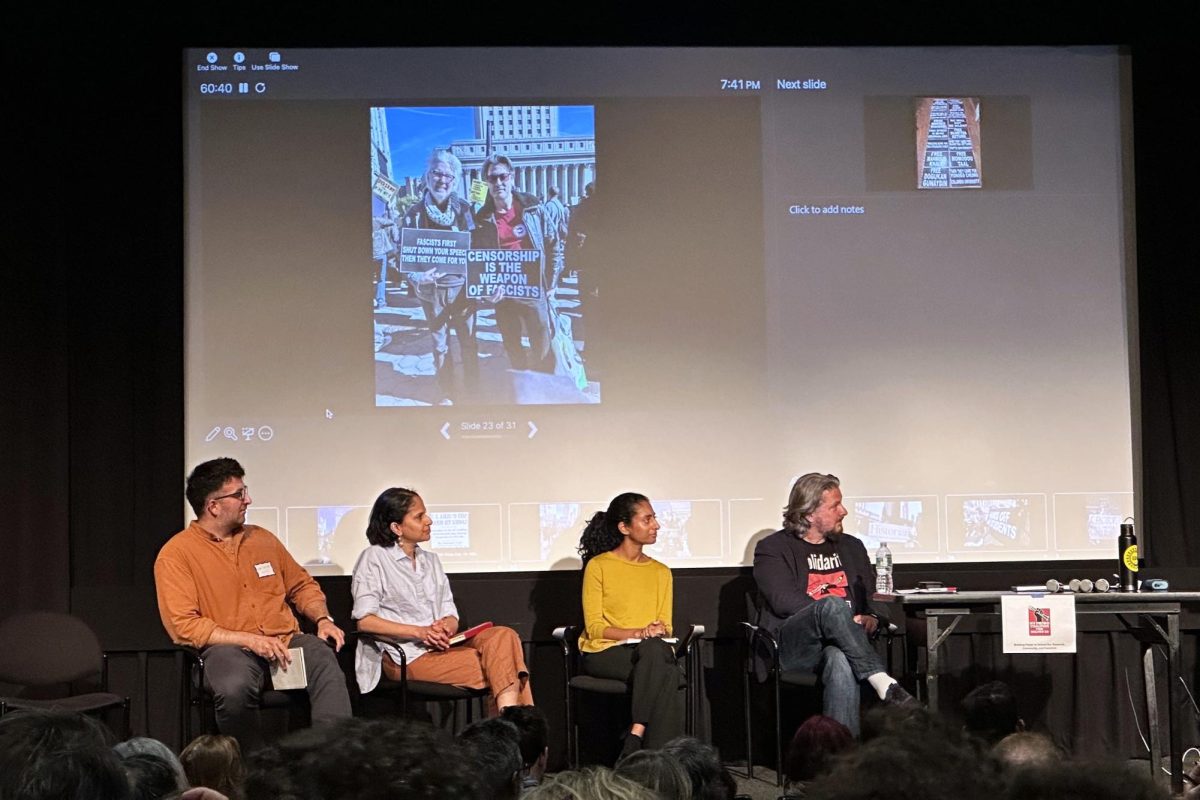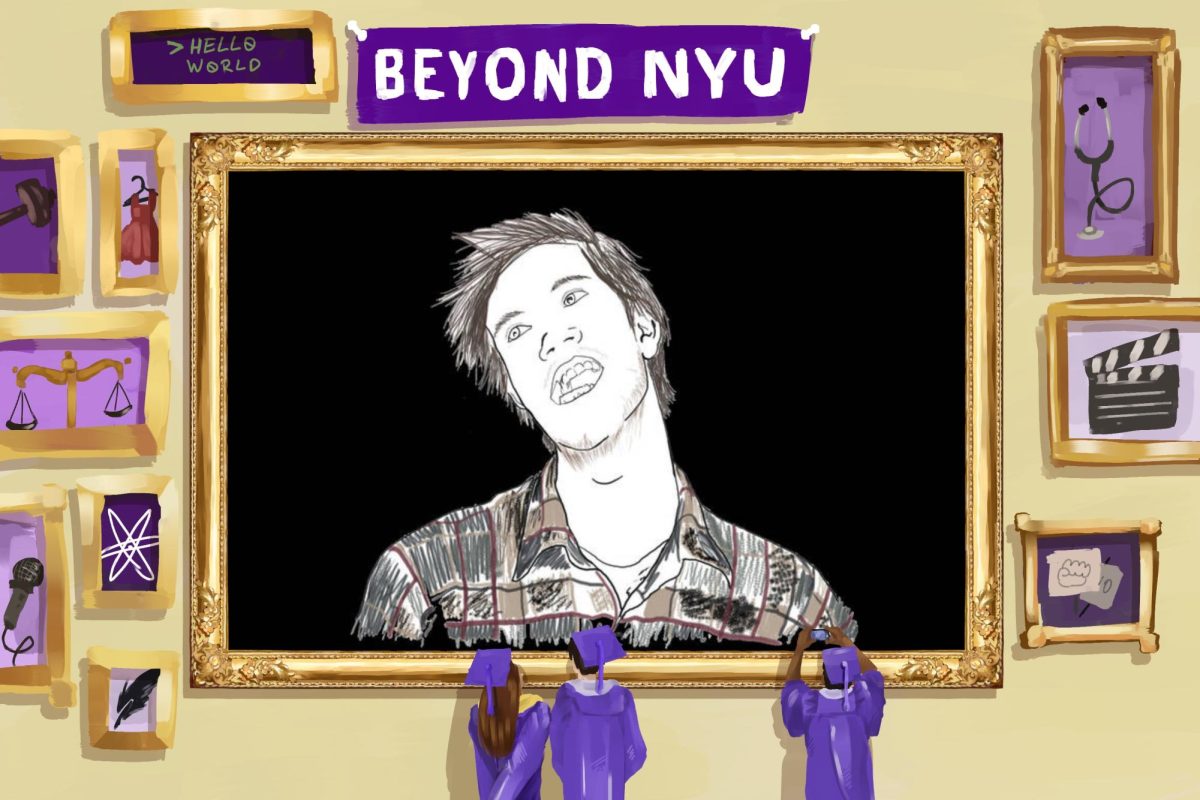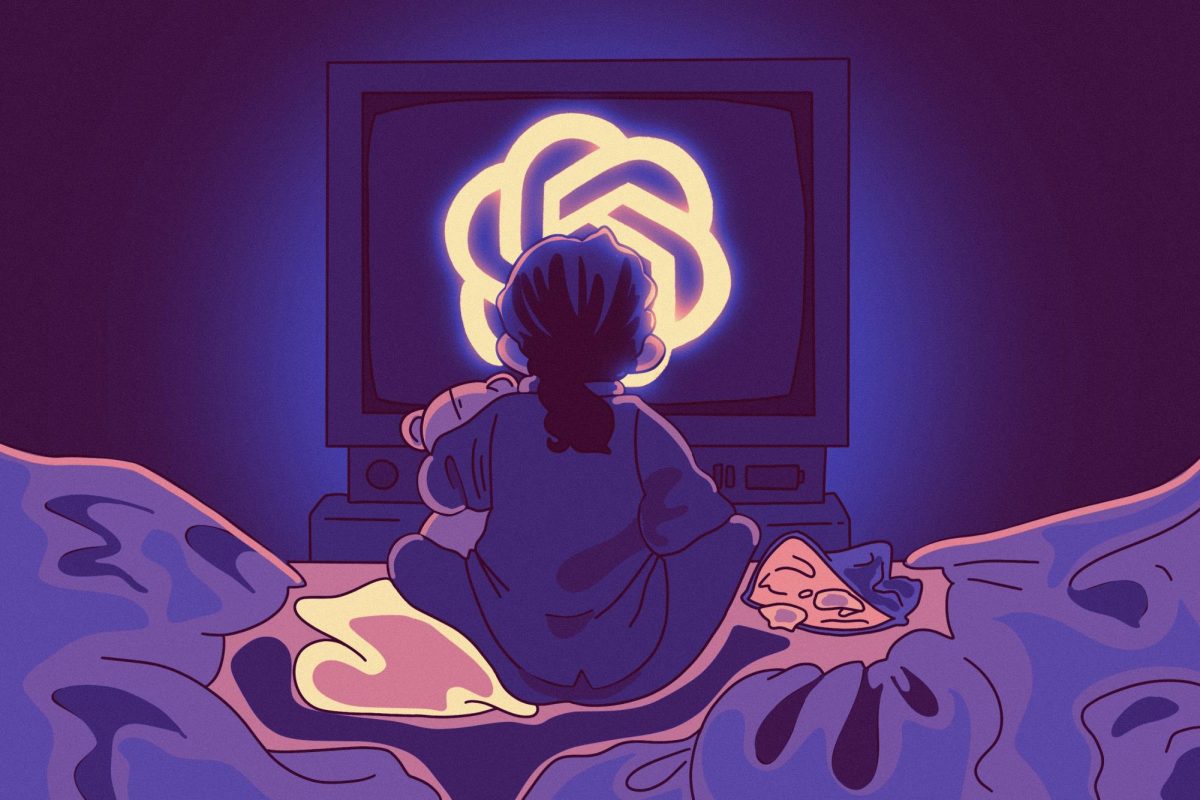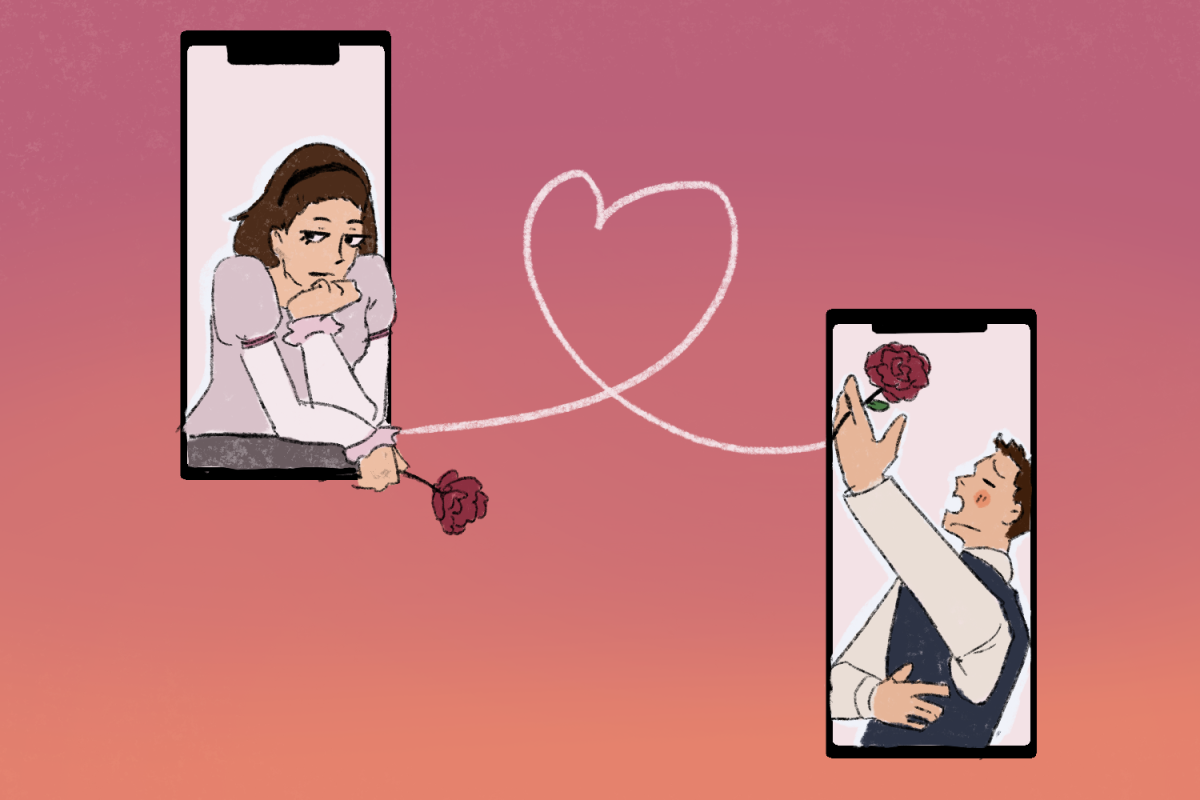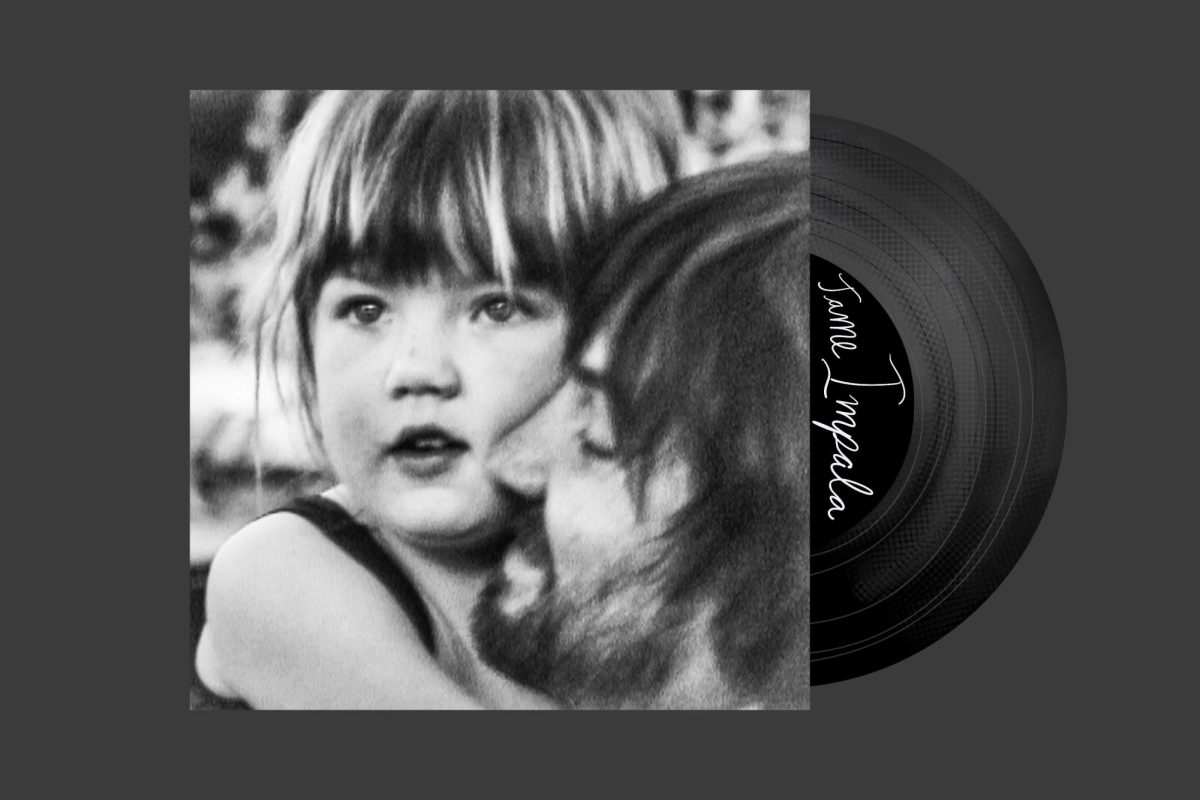Mumblecore: An Unspoken Genre
April 5, 2018
If you’re unfamiliar with the term mumblecore, you are not alone. Mumblecore, unlike other widely accepted and standardized genres of film — comedy, action, drama —thrives on its obscurity and its inability to be properly defined. Not even widely accepted as a stand-alone genre, many consider it a subgenre of independent filmmaking while others revere it as an entire film movement. Regardless, mumblecore films are generally recognizable by their degree of realism when it comes to acting and dialogue and their emphasis on the complexities of personal relationships — they are definitely worth reading up on.
Mumblecore was created by director Andrew Bujalski and started with his film “Funny Ha Ha” in 2002. However, it didn’t receive wide recognition as a movement until the South by Southwest Film Festival in 2005. Coincidentally, many films that year shared an aesthetically and narratively authentic approach to filmmaking and were thus grouped together as mumblecore films — whether the filmmakers liked it or not. Once considered a niche pocket of cinema, it’s unlikely now that someone hasn’t encountered the mumblecore genre.
Though the term only brings up just over 3,000 results on YouTube, many of the affiliated filmmakers now produce content on large entertainment platforms. Mark Duplass, whose name might sound unfamiliar but whose face is instantly recognizable, created the critically acclaimed show “Togetherness” on HBO and has films on Netflix. Lena Dunham is a household name thanks to her hit show “Girls,” and Greta Gerwig is an Oscar-nominated and award-winning director.
“The directors that started out making mumblecore are now progressing in so many interesting ways,” said Tisch sophomore Jason Ooi, who considers himself a fan of the movement. “Aaron Katz made ‘Gemini’ with Zoe Kravitz, Lola Kirke and John Cho. Andrew Bujalski made ‘Support the Girls’ with Haley Lu Richardson and Regina Hall, and Joe Swanberg has been making movies for Netflix for the past few years, like ‘Drinking Buddies’ which stars Olivia Wilde.”
Perhaps the genre’s most fascinating facets are its uniquely American beginning and its rejection by those most closely associated with it. Unlike other film movements, mumblecore was proliferated and circulated by American actors, screenwriters and directors. Despite this, to ask someone about their association with the word is often construed as an insult. This was the experience of Jason Ooi who once tried to pitch an article about mumblecore to the editor of an indie streaming site and was surprised when he received a rejection because the term was considered “offensive to directors.”
In 2007, director Joe Swanberg spoke with The New York Times and said that he disapproved of the term’s reductive quality, which popularized the notion that all the associated filmmakers were the same.
“It was an obnoxious name nobody liked and it was meant to be a joke,” said Swanberg, who was at the festival that year with his first feature, “Kissing on the Mouth.” “But we haven’t been able to get rid of it.”
As a product of independent filmmaking, low-budget production has played a distinct role in the characterization of the subgenre. And considering it’s more inexpensive for filmmakers to shoot on digital cameras than on film cameras, a digital aesthetic has also become tied to the movement. Katz’s film “Cold Weather” was shot with only a $100,000 budget and a Red Camera. His preceding films were made for even less.
Ooi recognizes the value of teaching mumblecore more widely in film classes.
“[It] represents a lot of cinematic purity and is totally evocative of what can be done on a low budget,” Ooi said.
This is an especially important sentiment for filmmakers who are just starting out. Mumblecore films serve as proof that filmmakers don’t always need a big studio budget to produce content that is substantial and impactful.
Yet, despite its recognition by filmmakers and film lovers as a valuable type of filmmaking — regardless of the polarizing nature of the term itself, the content of mumblecore films aren’t without their fair share of criticism. Often dealing with people in their 20s and early 30s, mumblecore plots can come off as self-absorbed and the problems being overcome in the narratives sometimes appear trite. “Frances Ha” centers around a young woman finding a new apartment in New York City; “Tiny Furniture” centers around a post-graduate wondering (relatability not groundbreakingly) what to do with the next chapter of her life.
Another point of contention is the lack of diversity since, for the most part, mumblecore films have centered around the problems of a specific and narrow group of people. Of the group of films screened at SXSW in 2005 and labeled as mumblecore — “Mutual Appreciation,” “The Puffy Chair” and “Kissing On The Mouth” — all the films featured white protagonists and predominately white casts.
In 2007, Dennis Lim of The New York Times wrote that mumblecore films are “hardly models of diversity” and that the narratives “are set in mostly white, straight, middle-class worlds, and while female characters are often well drawn, the directors are overwhelmingly male.”
Still, through the use of hyper-realistic storytelling techniques such as improv and unobtrusive camera direction, mumblecore films still manage to cultivate a sense of relatability. Like mirrors, they help reflect to audiences the worst and best parts of themselves, their lives and their relationships.
“I really think they speak a lot on contemporary culture,”
Ooi said. “They’re usually
full of dislikable characters, but only in that they are so honest — as if you and your entire friend group spoke without a filter but did not judge.”
Like many great artists and artistic movements, it’s possible mumblecore won’t receive its fully deserved appreciation until long after the peak of its popularity. Still, if there’s anything to be learned from other movements, it’s that progress seldom stems from silence. If the genre is to survive, then it has to be part of a wider conversation, despite the shortcomings of the mumblecore label. To reflect the genre’s approach to honest and authentic storytelling, audiences must be able to openly reflect on what the genre provides and what it lacks. Small and impactful narratives didn’t start with mumblecore films, and if we do right, they won’t end with them either.
A version of this article appeared in the Thursday, April 5 print edition. Email Zuleyma Sanchez at [email protected].

